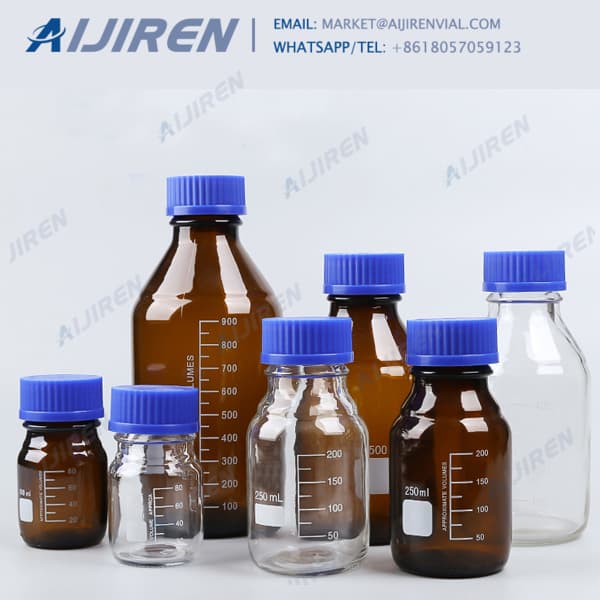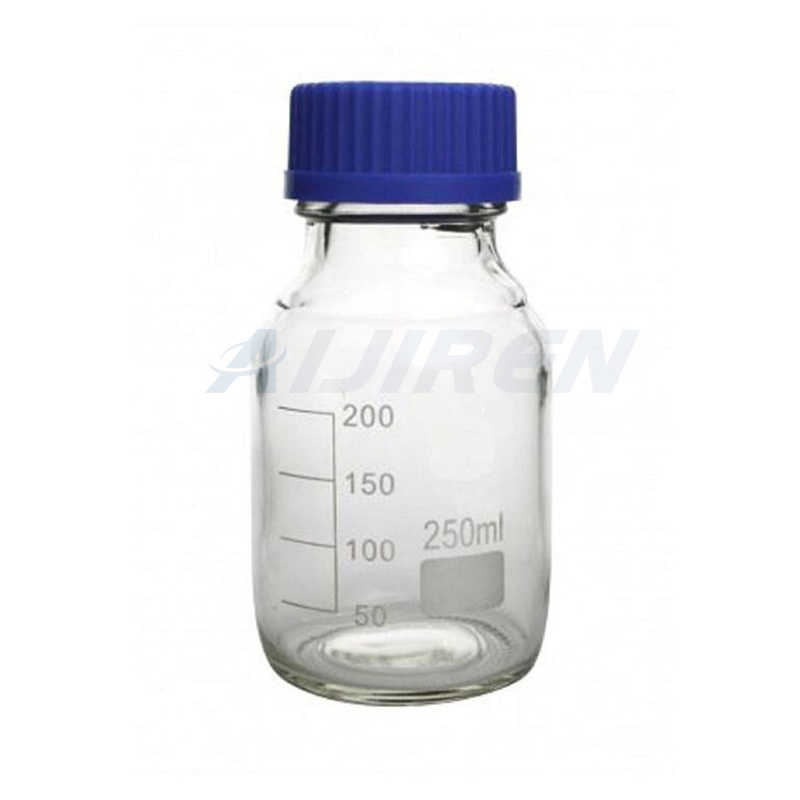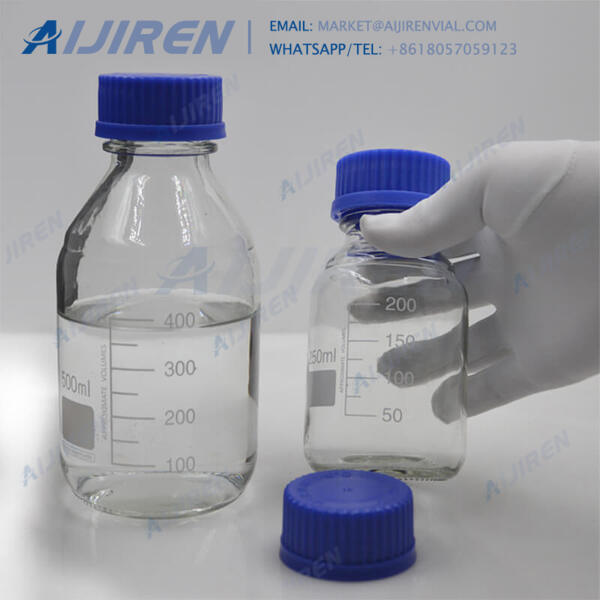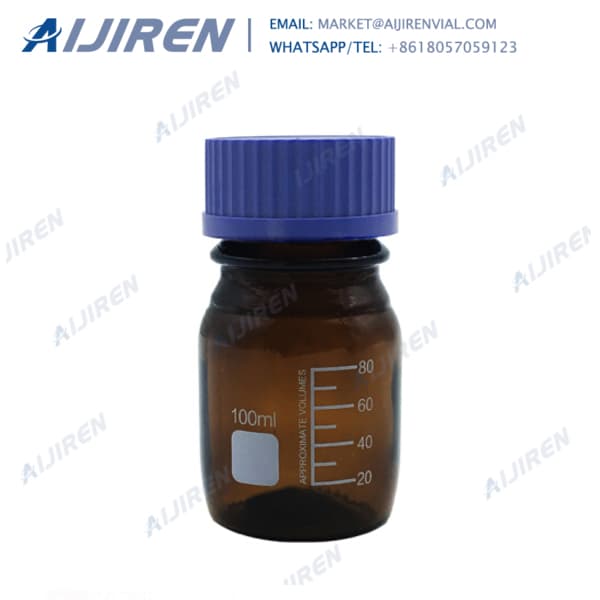Septum compatibility with solvents
-
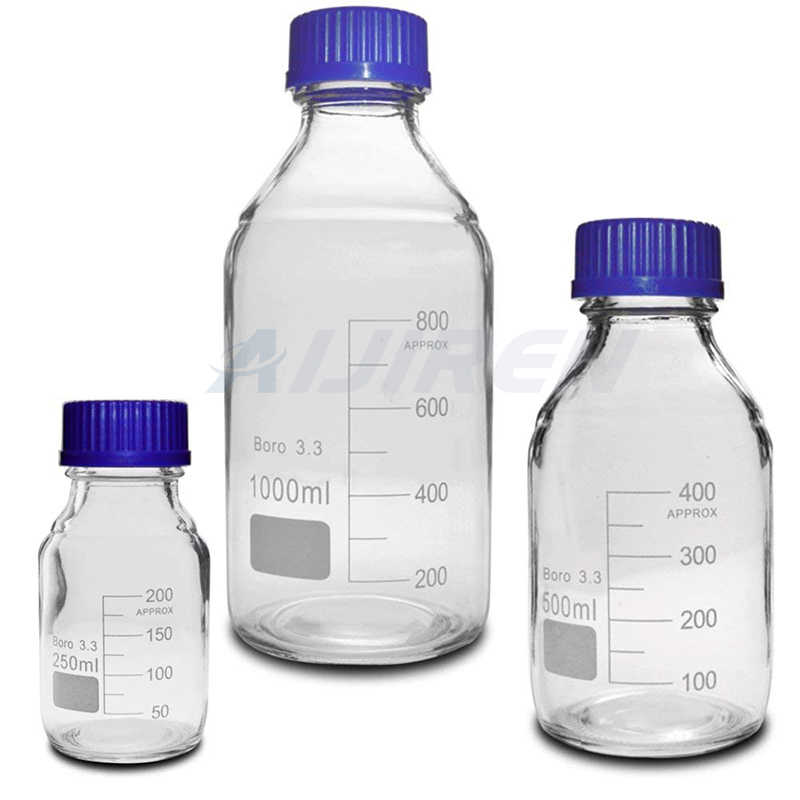
Practical Steps in GC Troubleshooting - Aijiren
Answer –towel stayes dry (Syringe was clogged with septum) Pull plunger out top, add solvent and replace plunger will usually dislodge septum particle (should hear a little pop) If you can’t dislodge plug, Replace syringe Reassemble the Injector & Re-inject Logical Steps Taken to Find Peaks (most of our problems are leaks and plugs)
Get Price -
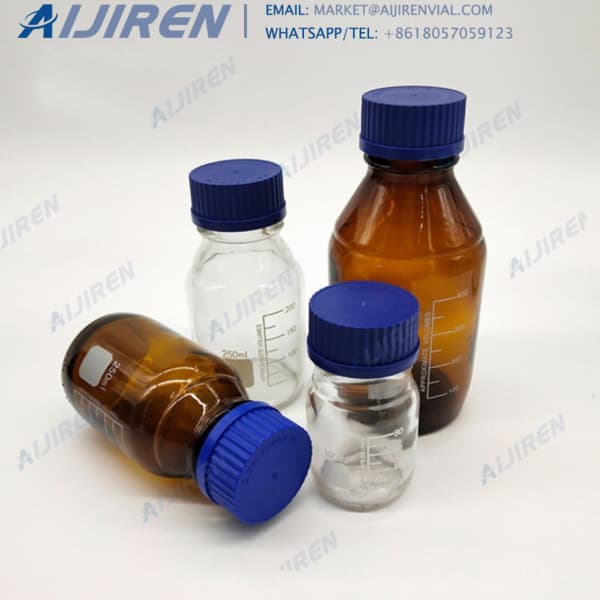
Whitepaper: AcroSeal Extra Dry Solvents for Moisture
AcroSeal® Extra Dry Solvents for Moisture Sensitive Applications 10/6/08 Customer Testimonials “I find occasionally that I need ~100mL from the bottle, so I like the new AcroSeal® top that I can both uncap the septum, and then unscrew the septum itself and pour from the bottle. I then flush with N2 and recap with both caps.
Get Price -
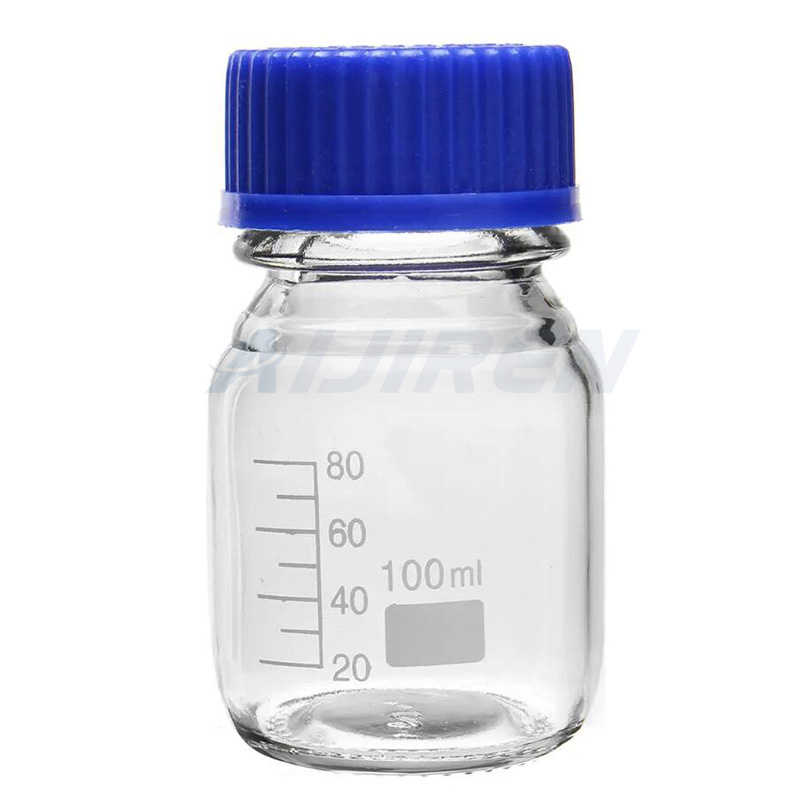
Particulate Matter: USP Requirements and Particle Identification
Apr 18, 2019 · Syringe plunger septum!!! We recommended that the client audit their manufacturing process with respect to light grey rubber sources (e.g. gaskets, o-rings, septa) They could also approach their suppliers as the particle may have an upstream source The septum is a black rubber, so it is ruled out as a potential source of the particle
Get Price -
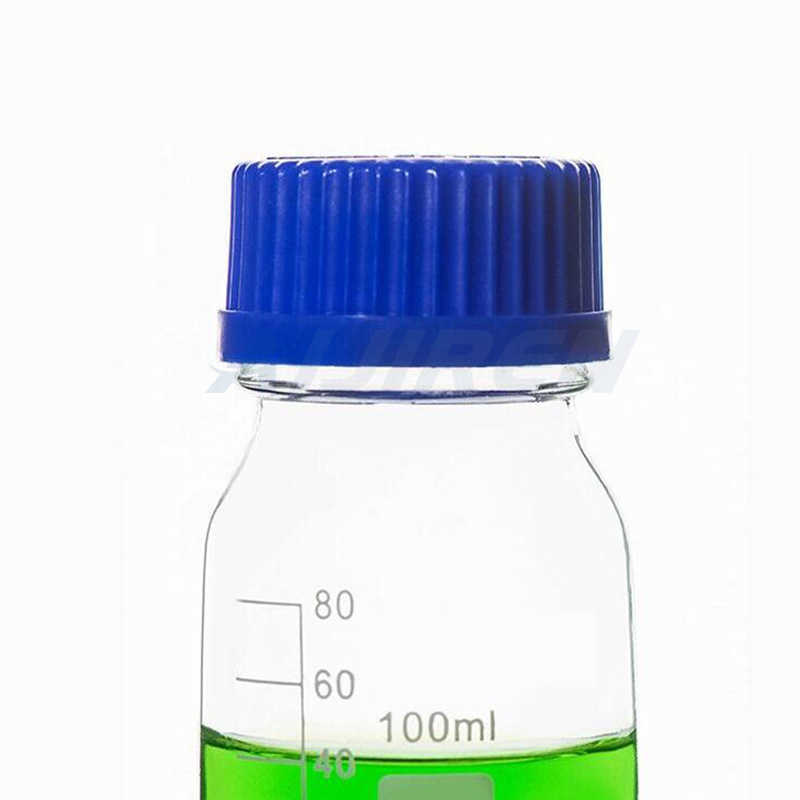
Deviated nose: Physiological and pathological changes of the
Concha bullosa, or pneumatized middle turbinate, occurs in approximately 25% of the population and is a frequently observed anatomical variation of the middle meatus and nasal airway. Although usually asymptomatic, a large concha bullosa can cause symptoms such as nasal obstruction and sinusitis.
Get Price -

Best Practices for Using an Aijiren LC System Technical Note
• Use solvent inlet filters to protect the system from incoming particles. • Exchange water-based solvents daily. • Algae and bacterial growth may block the degasser or filters. • Precipitation of insoluble salts may block filters or capillaries. • Prepare solvent volume to be consumed within 1 – 2 days.
Get Price -
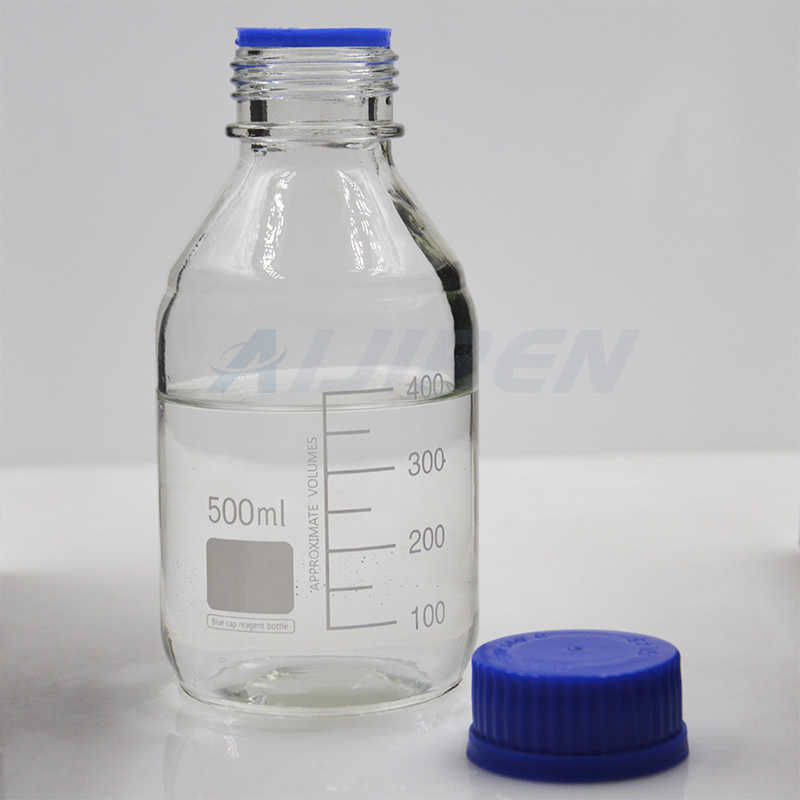
Restek - Article
Reduce interference with correct solvent-septum compatibility. When septum bleed occurs, it is observed as sharp, repetitive peaks in high temperature portions of an analysis. Bleed peaks can come from either the inlet septum or the vial cap septum. Interfering peaks and inaccurate data can result, so it is important to correctly identify the
Get Price -
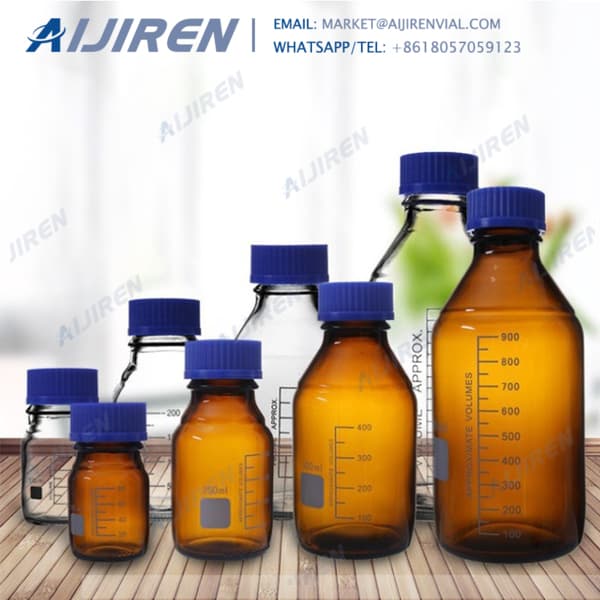
(Solved) - 1. Why does column bleed not give rise to such
May 25, 2021 · Check Solvent-Septum Compatibility Once you’ve diagnosed the rate septum bleed supply because the bottle cap, the primary step in resolution the difficulty is to create positive that the bottle cap septum material is compatible together with your injection solvent. whereas septum bleed isn't excessive most of the time, once a solvent and
Get Price -

FREQUENTLY ASKED QUESTIONS ABOUT KARL FISCHER TITRATION (KFT)
MM: Normally, rinsing with alcoholic solvents and polishing with paper tissue should be sufficient. To clean the electrode, you may also use detergents or toothpaste. Just make sure you rinse the electrode properly after the cleaning to remove all traces of the cleaning agent before using the electrode again. How do I clean a generator electrode
Get Price -

Simplifying GC Syringes and Sample Introduction - Aijiren
High wash application? Try solvent saver. • Steps: – Syringe draws in solvent to specified amount – Syringe and needle rise from solvent bottle – Plunger rises to the 80% mark, rinsing syringe barrel with solvent, then air – Solvent and air discharged into waste bottle • 10%, 20%, 30%, 40%, and 50% of syringe size (µL)
Get Price -
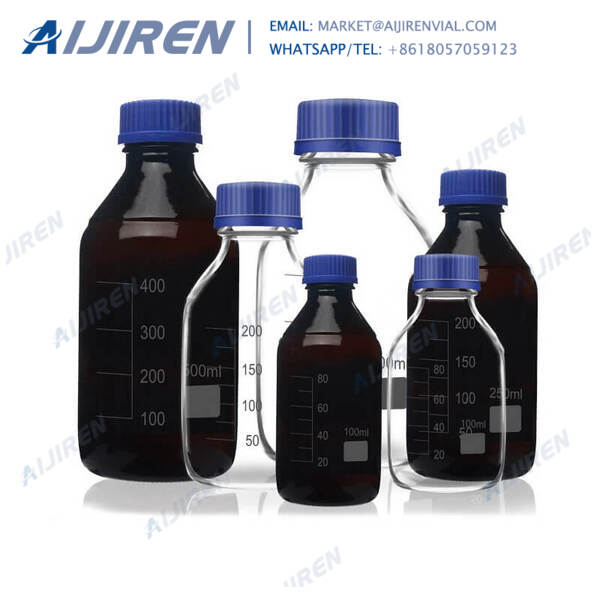
An Aijiren Septum is Not Just a Septum
analyte and makeup solvents. Table 1 shows the range of septum materials and their corresponding compatibilities to a range of common solvents used in sample preparation. The septum forms a barrier between your sample analyte in the vial and the outside atmosphere. This barrier protects your sample from external contamination while allowing a
Get Price -
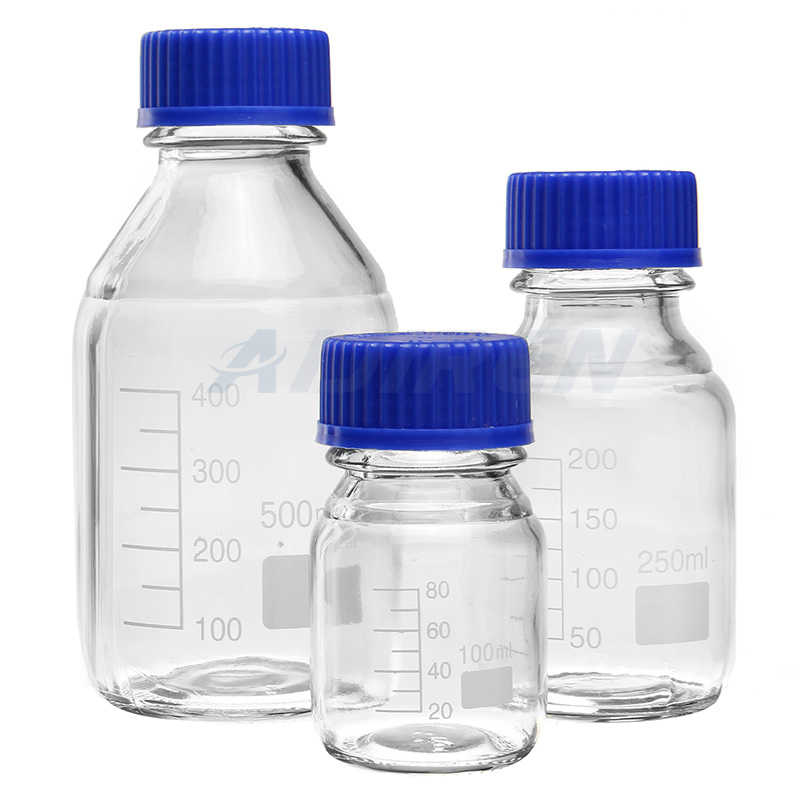
Septa Selection Guide - Thermo Fisher Scientific
compatibility, effective sealing/resealing and low penetration force make PTFE/silicone septa suitable for all types of chromatographic applications. A thin film of PTFE is laminated to the side of the septum that faces the sample to limit exposure of the elastomer to the solvent. PTFE/Silicone septa are ideal for use in most HPLC and
Get Price -
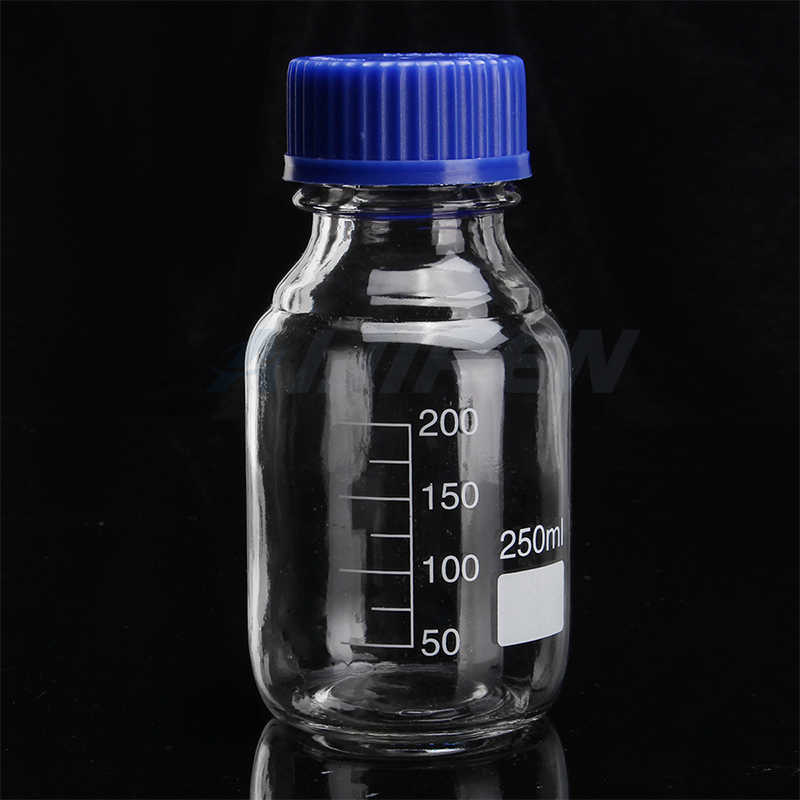
Sample Vials and Accessories - Waters Corporation
screw cap has a PTFE/silicone septum bonded to the polypropylene cap, using a non-solvent bonding process. This bonding technology is designed to keep the septum/cap together during shipment and assembly onto vials. The bond will aid in preventing dislodging of the septum during use, but the primary sealing mechanism is the
Get Price -
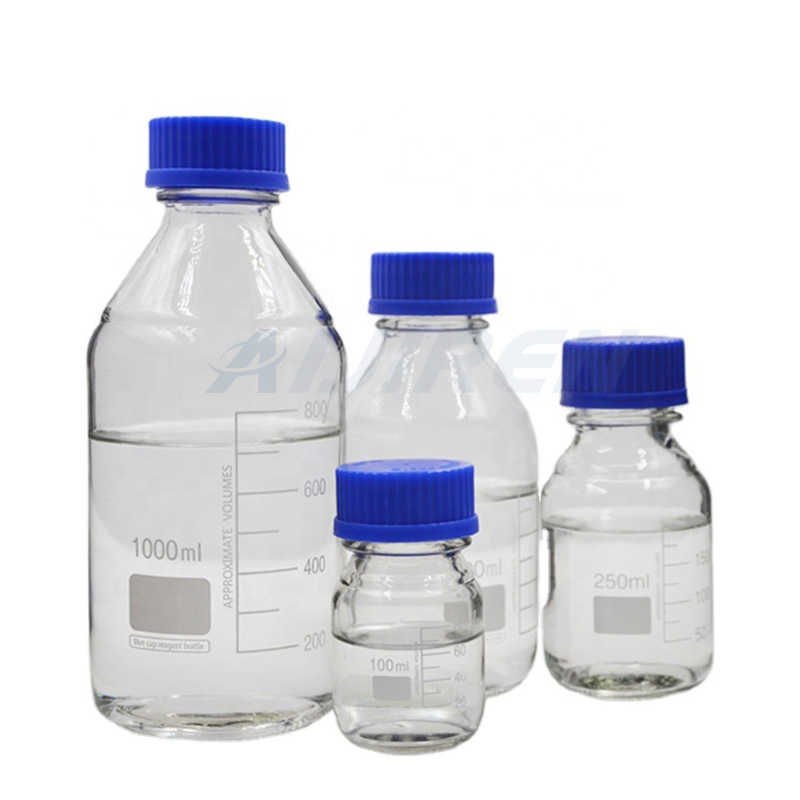
Septum Selection Guide Vials and Closures - Fisher Sci
T/S/T septa can have benefits when working with solvents that tend to attack silicone by protecting both sides of the elastomer. PTFE Disk Septa solid disk of 0.010” thick pure PTFE offers superior chemical inertness against the most aggressive solvents. The thin membrane allows for penetration by most normal gauge metal HPLC needles.
Get Price -

Don't Let a Vile Vial Ruin Your Analysis - LinkedIn
Nov 5, 2018 · Compatibility of the wash solvent with the septum material is an important consideration. For example, THF is not compatible with silicone and may cause polymer leaching. Refer to the solvent
Get Price -
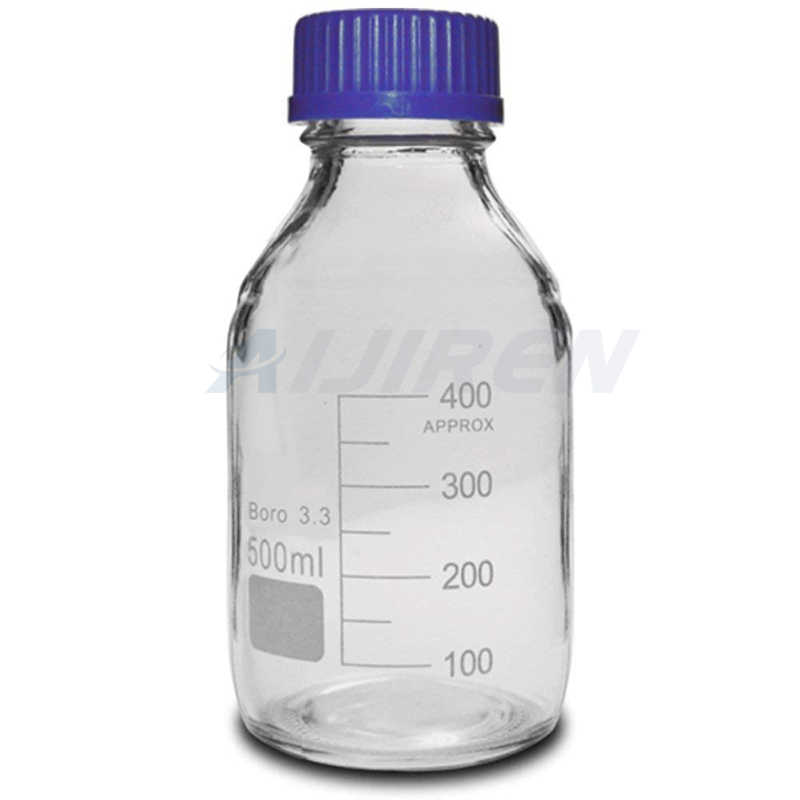
How to Use the Chemical Compatibility Chart Vials and Closures
solvent exposure on materials used for production of vials, caps and septa. Materials commonly used for vials include glass, polypropylene and TPX. Materials commonly used for caps include polypropylene, low density and high density polyethylene, and urea resin. Materials commonly used for septa include PTFE, silicone, natural red rubber, butyl
Get Price

